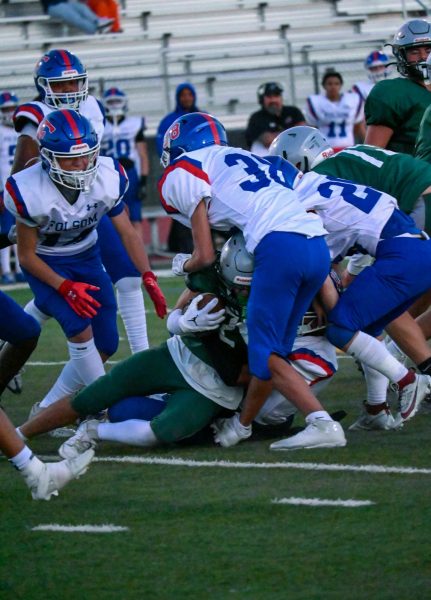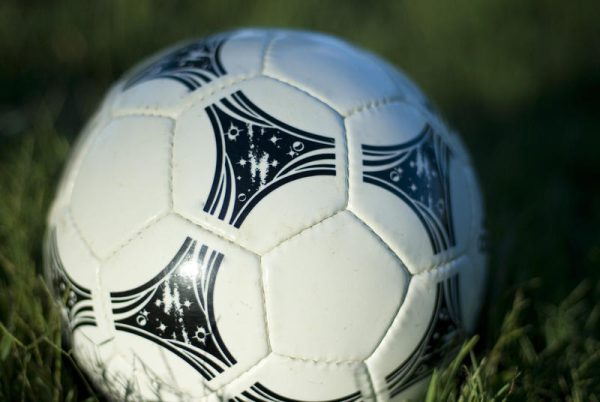Athletes commit on national signing day
Nine seniors gain college admission and plan on continuing their athletic careers

Senior athletes prepare to commit to the next 4 years From left to right: Marli Bannai: Swim, UC San Diego Emma Broers: Soccer, Sacramento State Jack Gillespie: Swim, University of Tennessee Kevin Haynes and Aiden Isola: Baseball, Sacramento State Summer Holt: Soccer , Texas Christian University Ashlynn Hemphill: Swim, San Diego State University Maryssa Schulz: Crew, Oregon State University Nolan Wilson: Baseball, University of Nevada, Reno
After high school, students may choose to follow various career paths in order to take the next steps to achieve their future goals. While some may decide to pursue the academic route or enlist in the military, many students at Granite Bay High School consider signing on to colleges via sports excellence for various reasons.
According to Tim Healy, the athletic director at GBHS, the primary benefit for student athletes who choose to commit to colleges through an athletic scholarship is the monetary compensation.
“Normally, if you are signing a (National Letter of Intent), the college has committed a certain percentage of funds to help you (pay for tuition) and to entice you to go to that university,” said Healy.
Another minor advantage is that these athletes also get preferential treatment when choosing classes as well as access to helpful resources such as tutoring.
One of the signed athletic seniors that can approve of this is Emma Broers. She has committed to play division one soccer at Sacramento State University and is excited to begin her professional soccer career there.
“Ever since I was a little girl, it has always been my dream to play collegiate soccer, and I am so grateful to have the opportunity to do so at a school I absolutely love,” Broers said. “I am most excited for the experience of getting to represent and play for my school, as well as to get to play with other amazing athletes at the highest level.”
Senior Summer Holt has also committed to play division one soccer and is planning to attend Texas Christian University. However, she did not know whether she wanted to sign on to a college until well into her high school career.
“I have been in the recruiting process since eighth grade, but I did not know for sure whether or not I wanted to sign (on) to a college until the middle of freshman year,” Holt said. “I also received a couple collegiate offers (my sophomore year) that made me completely confident in my decision of wanting to play college soccer. I know the (soccer program at TCU) will push me to be the best athlete I can be.”
While signing on to colleges has its advantages, there are also certain circumstances that may cause an althlete reflect on their decision.
Senior Jessica Varakuta currently rows for Capital Crew, and although she is planning to continue her athletic career in college, she chose to not sign early.
“I did not consider signing early because I wanted to research and make sure I choose the college (that) would be the best fit for me,” Varakuta said. “I have always wanted to play a sport in college, (and even though) it will require a lot of work, … I want to challenge myself not only academically, but (also) athletically.”
On the other hand, Junior Paloma Garcia, a varsity tennis player, has considered playing division one tennis in college, but decided against it due to the rigorous demands it entails.
“To my understanding, division one college tennis is like a job, (so) school is often put second,” Garcia said. “As I have developed my personality and morals, I (could not) see myself being at a college primarily to play a sport when (what I truly) want is to learn and prepare myself for the job that I want to pursue in the sciences.”
However, Garcia does not plan on letting her tennis career end after high school. One way athletes can still play their sport in college but on a less competitive level is through club and intramural sports.
“After investing a lot of time in training for the high school tennis seasons, I came to the conclusion that I don’t want my efforts to go to waste,” Garcia said. “So, club tennis seems to be the route I want to take in college (since) it is not as intense as division one tennis but not as laid-back as intramural tennis.”
While there are many ways students can play their sport in college, the demands for club and intramural athletes are incomparable to the demands for National Collegiate Athletic Association scholarship athletes.
“If you are a division one NCAA scholarship athlete, you treat that as a business — you work for the school to assist in the tuition that they are paying for you,” Healy said. “Because the university is invested in you, they want something for that, especially if you are a division one (athlete) that also generates income for that school.”
In return, most NCAA scholarship athletes spend at least 20 to 25 hours a week alone training for their sport— not including the time it takes to travel and compete. As a result, it is vital that student athletes learn to manage their time efficiently in order to maintain a healthy balance of academics, athletics, and a social life.
“What students should do is find the best combination of academic pursuits that lead to the career they want to do in combination with their passion for the sport they play,” Healy said. “There may be a point at which (your) long-term career goals are more aligned with (your) academic studies than … with (your) athletics. Then, you might choose to give up one.”
According to Healy, however, most student athletes from GBHS that leave with an athletic scholarship have already learned the required time management skills needed in order to balance their busy schedules.
“Playing soccer in high school has absolutely helped prepare me for college,” Broers said. “As my schedule continued to get harder the older I got, the more I had to learn how to balance a harder workload.”
Ultimately, it is truly up to the student in regards to what their priorities are for their future.
“For every student athlete, there is a trade off, (and they have to) determine for themselves what the best trade off is,” Healy said. “(You have to consider) how much is your commitment to the sport interfering… with your ability to maximize your academic pursuits.”
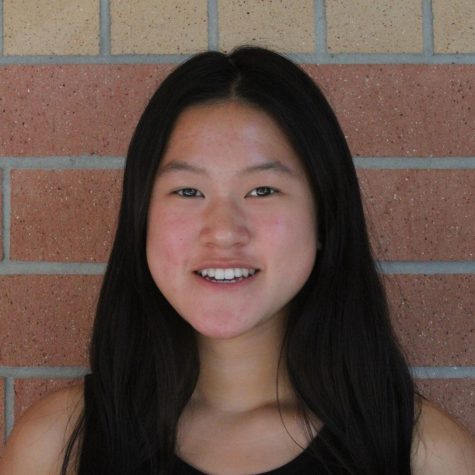
Sophia, a senior, is one of the editors-in-chief, and this is her second year on the Gazette staff.



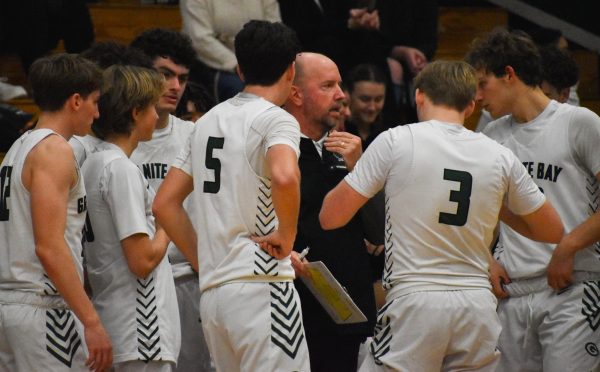

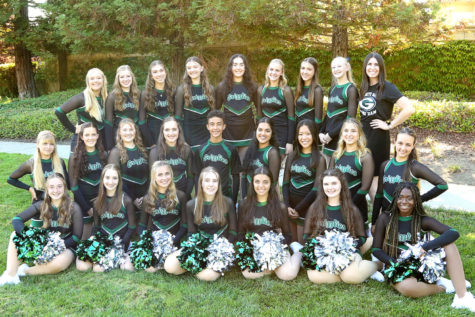

![A group photo of all students who came to STN at the first Cinefest of STN were they showed films that other schools did for some of the competitions.
"[my favorite moment was] crazy 8 or cinefest or socializing." Elliana Montez a freshman at GBHS](https://granitebaytoday.org/wp-content/uploads/2025/03/CgHlLzxuCLXTL8GUeOFSXTK2JFtSMxUFrH6bnLcM-600x450.jpg)

